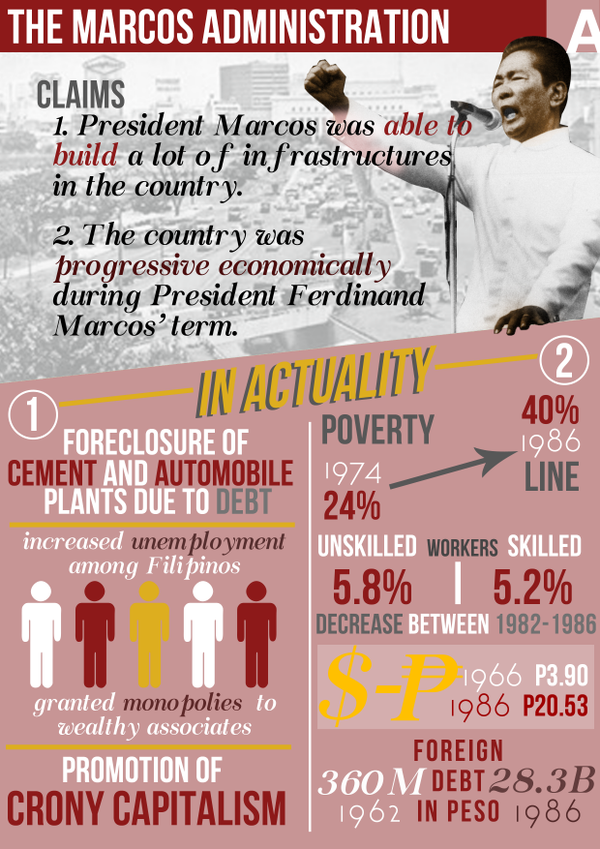Understanding The Fundamentals And Relevance Of Taekwondo Patterns
Understanding The Fundamentals And Relevance Of Taekwondo Patterns
Blog Article
Developed By-Stein Broe
Did you recognize that there are over 20 various taekwondo kinds, each with its own unique series of activities and strategies? These forms, additionally called poomsae, play a crucial role in the practice and growth of taekwondo practitioners.
However exactly what are these kinds, and why are they so considerable? In this discussion, we will certainly explore the essentials of taekwondo types, their origins, and the key elements that make them an important part of this martial art.
Whether martial arts like muay thai 're a beginner or a seasoned expert, understanding the significance of taekwondo kinds will grow your appreciation for this ancient technique and enhance your trip in the direction of proficiency.
Origins and Advancement
The beginnings and advancement of Taekwondo can be traced back to ancient martial arts techniques in Korea. It was developed over 2,000 years earlier and has given that grown into a popular and globally recognized sporting activity.
Taekwondo was greatly influenced by various Oriental martial arts designs, such as Taekkyon and Subak, in addition to Chinese fighting styles. It was originally made use of as a way of protection, however in time, it progressed right into a competitive sport that concentrates on striking techniques and high kicks.
In the 20th century, Taekwondo went through a significant makeover and was standardized right into its modern-day type. The Korea Taekwondo Organization played a critical function in this procedure, aiding to develop regulations, techniques, and develops that are still complied with today.
Crucial Element and Strategies
Now let's explore the basic elements and strategies of Taekwondo. To totally recognize the key elements and methods, it is necessary to dive much deeper right into the complying with subtopics:
- Stances: Taekwondo emphasizes the proper use of positions, such as the front position, back stance, and steed stance. These stances provide stability, balance, and power in carrying out various methods.
- Strikes and Kicks: Taekwondo is renowned for its powerful and vibrant kicks, including the front kick, roundhouse kick, and side kick. Strikes, such as strikes and knifehand strikes, are also important techniques in Taekwondo.
- Blocks and Defense: Effective protection is crucial in Taekwondo. see it here , such as the high block and reduced block, are used to safeguard against incoming strikes. Correct timing and positioning are crucial to efficiently safeguarding oneself.
Benefits and Impact
One of the substantial advantages of exercising Taekwondo is the enhancement of fitness and total health. By participating in routine training sessions, you can boost your cardio health and wellness, stamina, flexibility, and endurance. Taekwondo involves a selection of motions that target various muscle mass teams, aiding you build a solid and toned body.
Additionally, this martial art advertises mental health by reducing stress and anxiety and anxiousness levels. The self-control and focus needed in practicing Taekwondo can aid enhance your focus and enhance your capability to take care of difficult scenarios.
Moreover, the technique of Taekwondo infuses a feeling of confidence, self-control, and self-discipline, which can positively affect various areas of your life. Generally, practicing Taekwondo can lead to a healthier and more balanced way of living.
Conclusion
So there you have it! Taekwondo forms aren't simply mere routines, however a depiction of the abundant history and advancement of this martial art. By mastering the key elements and strategies, practitioners can enjoy many physical and mental benefits.
From enhanced flexibility and toughness to enhanced emphasis and self-control, taekwondo types have a long-term influence on those that exercise them.
So, whether you're a beginner or a knowledgeable martial artist, accept the power of these types and let them take you on a trip via time.
